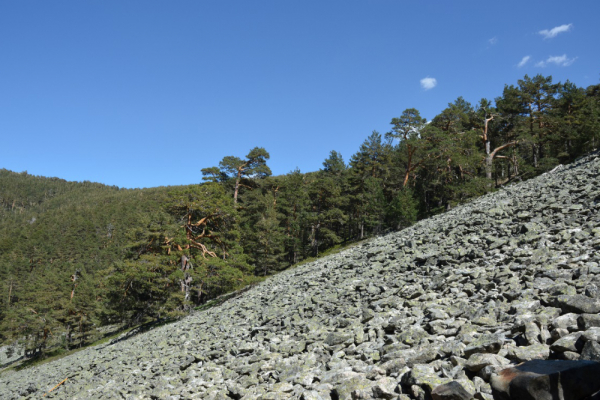UAH participates in a study on the fauna of the subsurface of the Sierra de Guadarrama
The researchers, coordinated by the UAH Soil Biology and Underground Ecosystems Research Group, have studied for four years how high mountain animals survive.
A few weeks ago, the journal Zoology published this study. In the research have worked Vicente M. Ortuño, professor and principal investigator project; Alberto Jiménez Valverde, researcher and research project coordinator, and Enrique Ledesma, PhD student at UAH. Together with the UAH team, other researchers from the University of Navarra and the Aranzadi Science Society of the Basque Country have worked.
Researchers have studied how spiders and other tiny animals, such as coplungers, survive in high mountain rhinestones in Guadarrama National Park, in Madrid province. This is possible because they use the subsurface as a climate refuge, with the corresponding implications for global warming.
The underground environment presents a more temperate climate than the outside. That is, temperatures are not as extreme and the humidity is high and constant for much of the year. In the high mountain, extreme heat and cold, the wind that that dries the environment, and the low availability of water make the outdoor environment inhospitable to many species.
Research suggests that in the subsurface of the coldest enclaves, there is greater abundance and richness of species, possibly due to the buffer effect of the subsurface. Therefore, the degradation of the subsoil due to chemical contamination or purely physical processes puts at risk the survival of a good number of species, many of them still unknown to science.
Wildlife escapes from the harsh outdoor conditions, possibly looking for a milder and, above all, more humid environment. Climate change is causing significant changes in environmental conditions, which can have a devastating effect on these species.
Publicado en: Inglés
